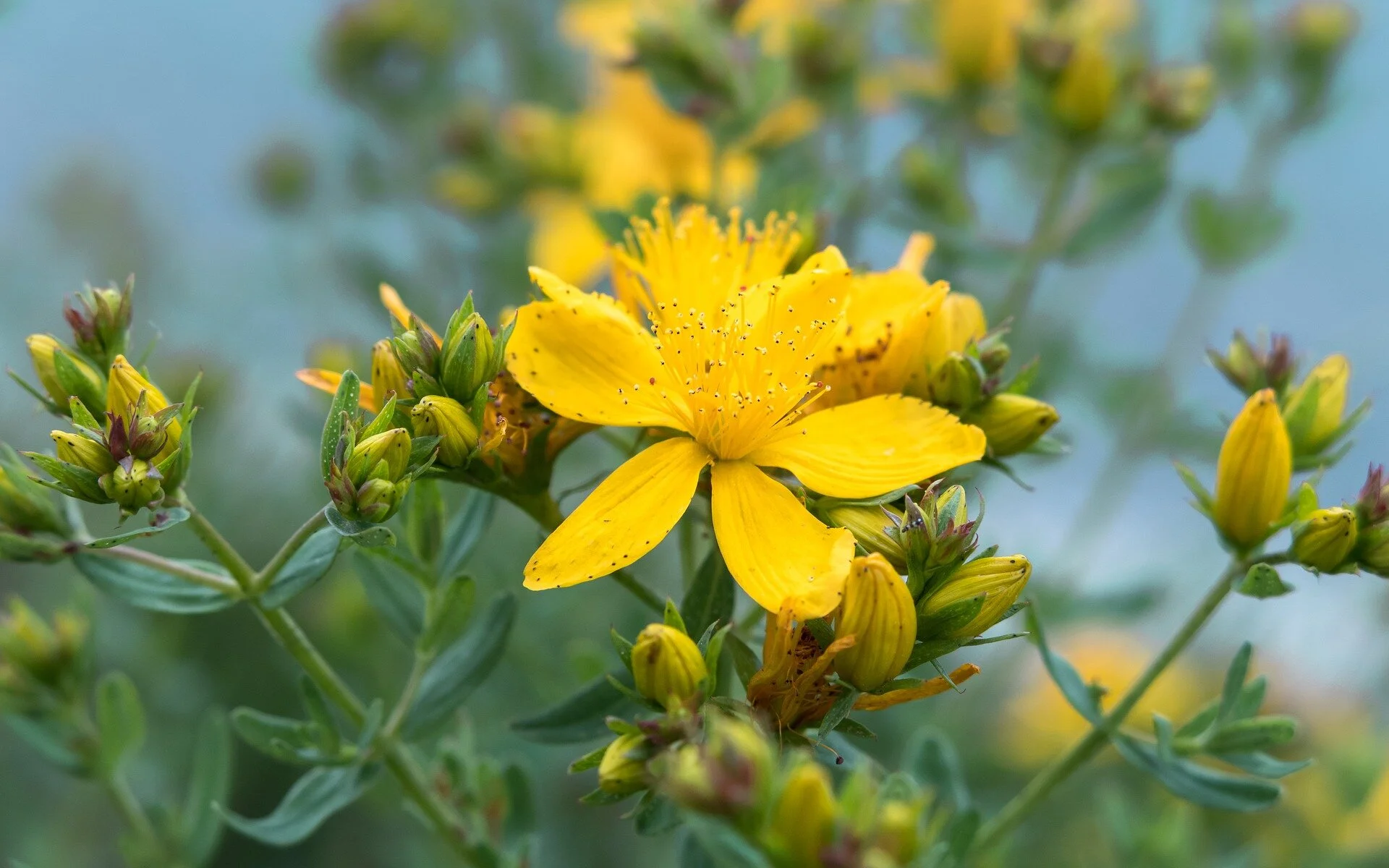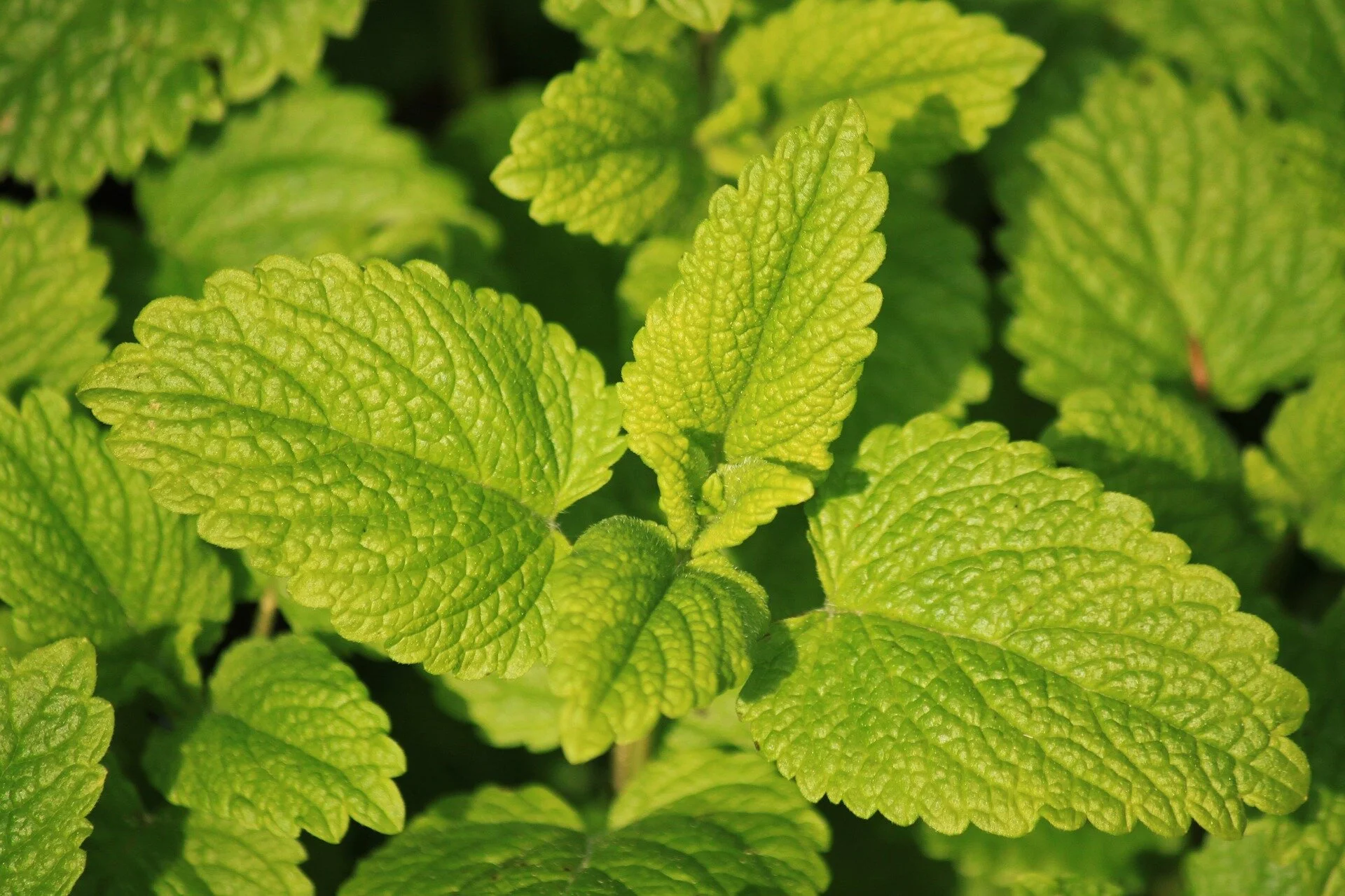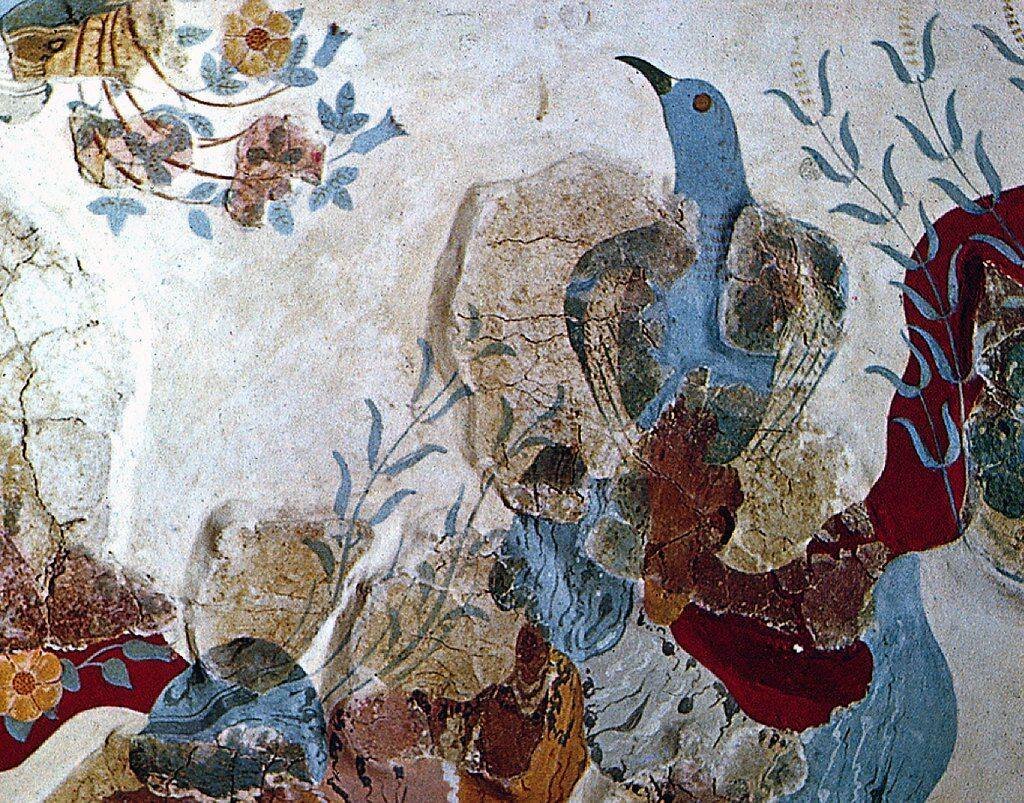Medicinal Herbs in Ancient Greece
St. John’s Wort (Hypericum perforatum) helped ward off evil spells.
This article was initially published as Part II of The Everlasting Traditions of Herbal Medicine in Ancient Greece in The National Herald on August 25, 2019.
As a Greek-American whose parents were born in Lesvos, I find it critical to understand how the natural world can keep us healthy in a modern world overcome with so many diseases. By researching ancient traditions preserved in numerous celebrated texts and learning about more recent practices of folk medicine lost with the passing of each generation, I hope to be able to preserve the knowledge and recipes that vibrantly define Greek culture.
To highlight some of these medicinal plants, I’ve selected seven herbs extensively used both in antiquity and in present day to demonstrate the timelessness of the human experience in relation to herbal medicine. And while no civilization is separate from its environment, it is also important to emphasize the threat of plant extinction in a world fraught with degraded soil and changing climates, and how this has already affected the health of many human populations. Also important to note is that while herbalists in the United States are prohibited by law from stating that herbal medicine can “treat, cure, or prevent disease,” the traditional use of these plants demonstrate that they can, indeed, help us in both sickness and health.
Oregano (Latin name: Origanum vulgare hirtum) is by far the most popular herb in Greece! Among all oregano in the world, Greek oregano is considered “true oregano” and is the most pungent and strongest medicinally. The name is derived from the Greek word origanon meaning "joy of the mountain" (oros "mountain" and the verb ganousthai "delight in"). In ancient mythology, the goddess of love Aphrodite planted the herb in her garden on Mt. Olympus to demonstrate to humans the physical representation of happiness. The herb was then woven into wedding crowns for newly married couples to ensure a happy marriage.
Among its many medicinal benefits, oregano has antioxidant components that boost immunity, kill bacteria, and increase production of white blood cells, which aids in faster recovery from illness. It has Omega-3 fatty acids that help rebalance cholesterol levels, support heart health, and strengthen bones, and is high in minerals the stimulate the liver’s ability to detox.
Tsai Tou Vounou (Sideritis) is known as mountain tea because it grows wild throughout the mountainsides of Greece. In ancient times, it was administered to wounds caused by iron weapons during battle, and subsequently was also called ironwort. Greek sideritis is literally translated to “he who is made of iron.” Customarily, the whole herb is used in an infusion (short boiling time), and can strengthen the immune system, aid in digestion, and help prevent colds.
Lemon Balm (Melissa officinalis) has its Latin botanical name because of the honeybees’ love for its aromatic flowers (melissa is Greek for honeybee). In ancient mythology, the group of nymphs called melissai were credited as those who discovered honey. The herb is well known to calm the heart and uplift the spirit during times of stress, and can support those with anxiety, depression, insomnia, and panic attacks. It also has strong antiviral properties against herpes and shingles. Dioscorides mentions its use as a wine-infused liniment in De Materia Medica.
Lemon balm (Melissa officinalis) calms the heart and uplifts the spirit.
Bay leaf (Laurus nobilis L.) is called dafni in Greek in reference to the myth about the god Apollo pursuing the uninterested nymph Daphne. In response to her pleadings, the gods granted her protection from Apollo by turning her into a bay tree, and heartbroken Apollo subsequently symbolized the tree in honor of love-shorn poets. In ancient Greece and Rome, bay leaves were used to make crowns for kings, war heroes, and Olympians, and was said to provide protection from disease and evil spirits. The priestesses at the Temple of Delphi may have drank high-dose bay leaf tea to induce a trance state and be able to divine the will of the gods.
Today, bay leaves are added to foods to improve digestion (such as lentils), made as a tea to help fight colds and fevers, and used externally to relieve arthritic pain and swelling. It may also help reduce the risk of cardiovascular diseases.
St. John’s Wort (Hypericum perforatum L.) was also once believed to protect people from curses and demons. Hippocrates, Theophrastus, and Dioscorides all wrote about its many therapeutic applications. The herb is most often used for depression and anxiety, as noted earlier by its Doctrine of Signatures. Crush its bright yellow flowers and be surprised when a red dye appears, which when macerated and soaked in olive oil, can be used externally for inflammation, neuralgic pain, bruises, and swelling. The red color was likened to blood and thought to indicate its wound healing properties. Given its antiviral properties, it also helps healing from shingles and herpes (and taken together with lemon balm can provide a more profound healing effect).
As an Orthodox Christian tradition, the plant was harvested and hung above icons on St. John’s Day, immediately following the summer solstice. The botanical name Hypericum may be derived from the Greek hyper and eikon, meaning “above the icons.”
For those on certain pharmaceutical drugs, including anticoagulants, Digoxin, oral contraceptives, antiviral medication, Cyclosporin, Methadone, SSRIs, MAOIs, Lithium, amphetamines, general anesthetics, and chemotherapy, this herb should not be considered for any application.
Mastic tree (Pistacia lentiscus) produces the mastiha resin that has been harvested for at least 3,000 years exclusively on the island of Chios. Hippocrates recommended mastic for the prevention of digestive problems and colds and to maintain oral health. It was also used as a remedy to heal wounds, including snake bites, and improve the condition of the blood. Mastic contains powerful antioxidants and has anti-inflammatory, antibacterial, and antifungal properties, making it a trifecta of powerful healing qualities. Even today the resin is being studied for its ability to repair ravaged nerves, as described in a recent article in the New York Times.
Sage (Salvia officinalis) is derived from the Latin word “to heal” and was the symbol of fertility, good health, and a long life. The ancient Greeks, believing that sage protected one from evil and conferred wisdom, used it to enhance mental abilities and in sacred gatherings. It was drank as tea to increase fertility and improve digestion, and applied externally to treat venomous snake bites (a seemingly common problem in ancient Greece). Dioscorides recommended sage wine for “disorders of the kidneys, bladder and sides, as well as for … coughs, hernias, bruises, and impeded menstrual flow.” Sage continues to be an antiseptic and natural digestive, and excellent for its antidiabetic action.
Sage depicted in the "Blue Bird" fresco (1450 BCE) at the Minoan Palace in Knossos, Crete, along with roses, irises, and lilies. Heraklion Archaeological Museum, Crete.
While some ancient applications of herbal medicine are no longer used today for obvious reasons – lethal battle wounds or venomous snake bites – the medicinal qualities of these plants remain unchanged. It is exciting to imagine our ancient Greek ancestors harvesting leaves for the same tea we can also enjoy under the same bright Mediterranean sun and feeling the bliss of living with such an abundance of healing traditions that continue to be available to us. As Herodotus (484-425 BCE), the father of history, once proclaimed, “custom is king.”
Want to discover more?
Come explore the botanical bounty of Greece with us. From mountains to islands, we’ll learn about medicinal plants, Greek mythology, herbal remedies, and traditions with the land.



